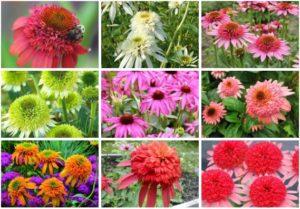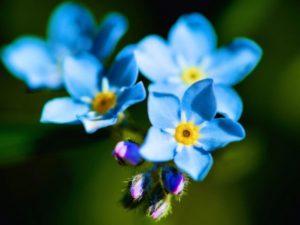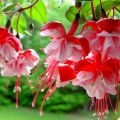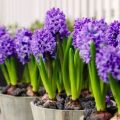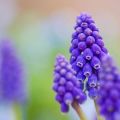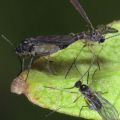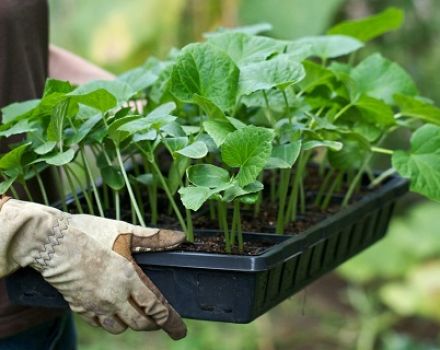Description of varieties and popular types of fuchsia, planting and care
The first mention of the tropical plant Fuchsia dates back 300 years ago. For such a long time, breeders have bred more than 100 varieties of such a beautiful flower as Fuchsia. Florists and gardeners all over the world consider Fuchsia the queen of their floristic collections, and this is well deserved. Large, bright inflorescences of the plant will decorate any landscape and become the center of the design composition.
Description of the plant
An evergreen, perennial shrub Fuchsia was introduced from South America. The plant belongs to the species of the fireweed family, loves warmth and good lighting.
By crossing different types of Fuchsia, hybrid varieties of shrubs were bred, which are used both for decorative purposes by gardeners and gardeners, and by amateur flower growers for growing at home.
Features of the plant:
- Fuchsia bushes come in a variety of shapes and sizes. A flower grown in an open field can be the size of a small standard tree.
- Large inflorescences in the form of a multi-tiered bell reach a size of 8-10 cm.
- Large and varied colors. Some varieties can have several shades of loose flowers at once.
- The leaves of the shrub are small, oval with small denticles along the edges.
- The stems are flexible and thin, depending on the species, they come in different colors, from green to maroon.
- Long and abundant flowering. With proper care, it starts in early spring and ends in late fall.
Fuchsia is an unpretentious plant that delights the eye and lifts the mood with its bright colors and luxurious flowering.
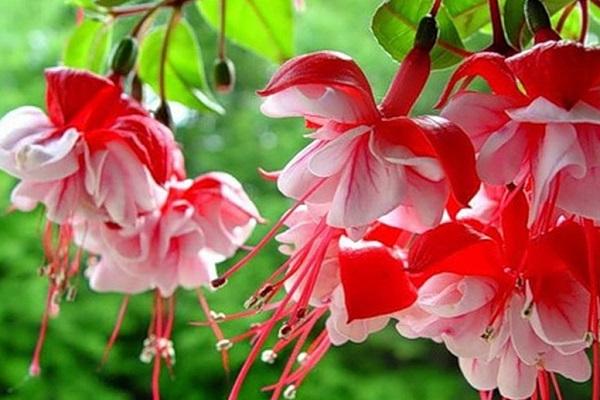
Important! After flowering, small berries are formed that are edible. Jams and preserves are made from the fruit of the flower.
Popular types and varieties of fuchsia
The elven flower, which is what Fuchsia is called, has many different hybrid species obtained by crossing the varieties of this plant. Every year, breeders around the world bring out new varieties and species of a beautiful and sought-after representative of the flora.
Magellan
The shrub of Magellan Fuchsia grows up to 3 meters high. Multiple twigs and shoots have a burgundy or red hue, the leaves are small, oval in shape with small teeth along the edge. Inflorescences are solitary, in rare cases small clusters of 3-5 buds are formed. Flowering is abundant and long, from late June to the first frost.Magellanic Fuchsia is the most common species for creating new hybrid plant varieties, because it easily and persistently survives low temperatures and even frosts.
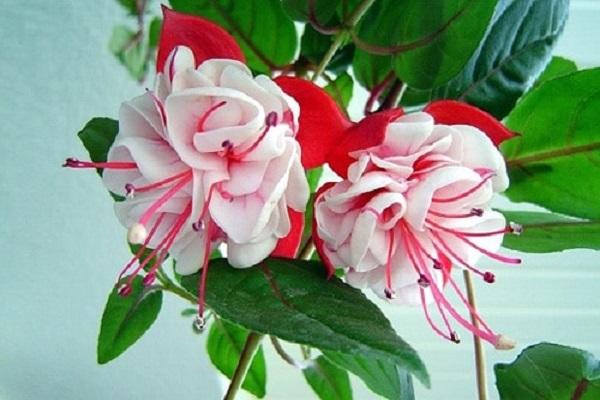
Bolivian
Small evergreen shrub, no more than 120cm high. In its natural environment, it grows in the highlands of Argentina, Guatemala and Bolivia, also occurs in the mountains of Ecuador. Bolivian Fuchsia has large, pointed, oval-shaped leaves with denticles along the edges. The plant blooms with large red brushes, in which several buds are collected at once.
In decorative gardening, this type of Fuchsia is used in warm latitudes or bred at home.
Thin
Thin Fuchsia is an evergreen shrub. In its natural environment, it grows up to 3 meters. The leaves are small, oval in shape with jagged edges. The branches and stems are green, reddish, or burgundy. This species blooms with lush inflorescences, in the brush of which several buds of a purple hue are collected at once.
The active flowering phase of the shrub is from mid-May to late September. The beautiful, sprawling Thin Fuchsia will be the center of attention throughout the summer.

Reclining
The creeping plant will decorate any floral arrangement. The recumbent Fuchsia has single flowers that are always directed towards the sunlight. The wide range of colors includes shades from pale pink to bright orange.
The plant has a long flowering period from early spring to late autumn.
Thyroid
Alpine shrub of Thyroid Fuchsia grows in the countries of South America. The plant has large leaves, and the height of the bushes reaches 5 meters. Bunches of red inflorescences are omitted, contain several buds at once, which do not stop flowering throughout the summer and autumn.
Graceful
A variety of Graceful Fuchsia attracts special attention of florists and gardeners. Large, spherical buds are collected in large inflorescences. The loose flowers resemble large bells of different colors. In the natural environment, the bushes grow up to 3 meters, but in the decorative version the flower does not exceed 1 meter. The active flowering of this type of Fuchsia begins in spring and ends in late autumn.
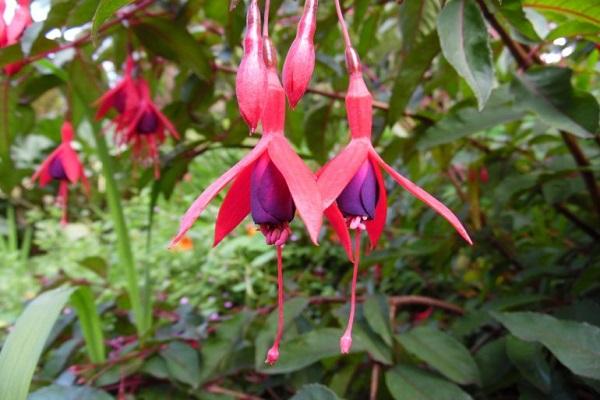
Hybrid
Hybrid or ampelous Fuchsia includes many species of this plant. The hybrid was bred specifically for growing in pots and special containers. Long stems with multiple inflorescences of various colors and shades hang down in a beautiful cascade.
White, red, purple, blue, yellow, and this is not the entire color spectrum that is represented by this variety of Fuchsia. The early onset of flowering continues until late autumn.
Planting and breeding
Fuchsia is a thermophilic plant, but thanks to its hybrid varieties, it is also grown in regions with cold, harsh winters.
Fuchsia planting rules:
- Protect a piece of land from winds and drafts.
- The landing site should have good access to sunlight, but the direct hit of the rays should be darkened.
- As soon as the night frosts have stopped, it is fashionable to plant a tropical guest in open ground.
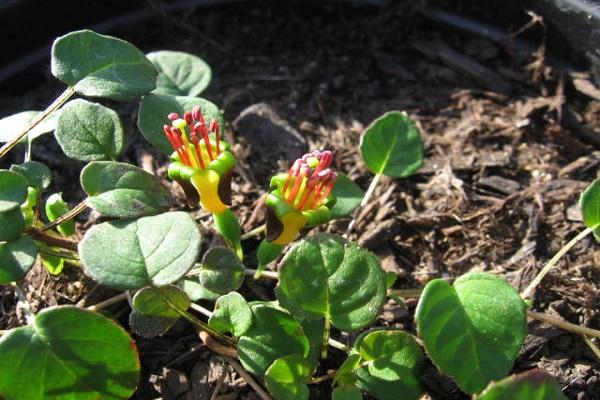
Important! You need to dig a plant for wintering after the first subzero temperatures. Thus, the plant is tempered and correctly enters the winter hibernation mode..
When planting, the root system is placed 20 cm from the ground. For two to three weeks, the Fuchsia will take root and prepare for the flowering period.
You always want to get as many beautiful flowers as possible to decorate a garden, plot or loggia. For this Fuchsia can be multiplied. There are several ways to do this.

Seed method
To grow a flower from seed, the following steps are required:
- Purchase seeds of the desired variety from a specialized store.
- At the end of March, plant them in pots or peat tablets.
- Moisten the soil as needed for 3 weeks.
- The temperature regime in the room where the germinating seeds are located should not exceed 18 degrees.
- As soon as the first shoots have appeared, the young can be transferred to a warm room and expect favorable weather conditions for transplanting into open ground.
Flowers grown from seeds have high immunity and are considered to be stronger.
Vegetative propagation
- Shoots of 10 cm in size or large sheets are cut from the mother flower.
- Each stalk should have several buds.
- A young stalk is placed in water or sand, covered with a film or jar until the first roots are formed.
- After the emerging root system has been found, wait 2-3 weeks, and transplant the cuttings into pots with prepared soil.
The grafting procedure is done at the end of winter, when the shrub is just beginning to wake up.

Important! To get plants with a lush and spreading crown, several cuttings are planted in one pot at once. Planted plants will begin to bloom actively in the first year of planting..
Care advice
Fuchsia is an unpretentious plant, but you still have to follow the necessary recommendations for caring for it. Although the plant comes from countries with a tropical climate, it does not tolerate extreme heat. Therefore, you need to place the elven flower in the darkened areas of the garden or vegetable garden. At high temperatures, the plant stops the active flowering phase, and the leaves fall off.
Watering and spraying
During the period of active growth and flowering, the plant needs abundant watering. Therefore, starting in spring and ending in late autumn, the flower should receive the maximum amount of moisture, but without its excess. Water the plant in the morning or evening, after sunset.
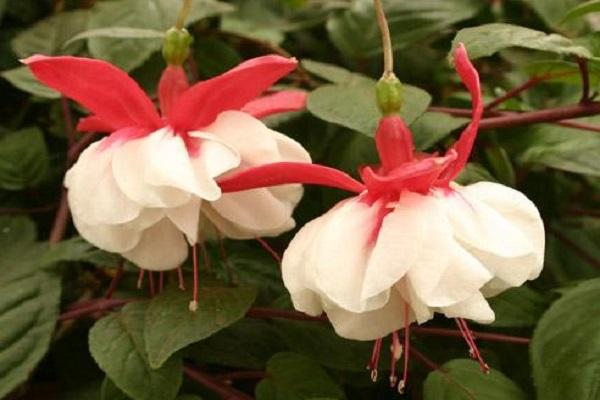
In winter, fuchsia is watered no more than 2 times a month. Moistening and spraying the leaf stems is also important.
Pruning
To form the crown, the flower is cut twice a year. The first pruning occurs before the winter rest of the plant. Withered flowers and excess shoots are removed. The second time Fuchsia is pruned at the end of January. It is then that the crown and the necessary form of the plant are formed.
Top dressing
The beautiful representative of the flora loves careful care and additional nutrition. This plant is equally fond of organic and mineral fertilizing. Starting in early spring, Fuchsia begins to actively develop and bloom. This period will last until late autumn and requires a lot of energy from the plant. Therefore, it needs additional fertilization every 2-3 weeks.
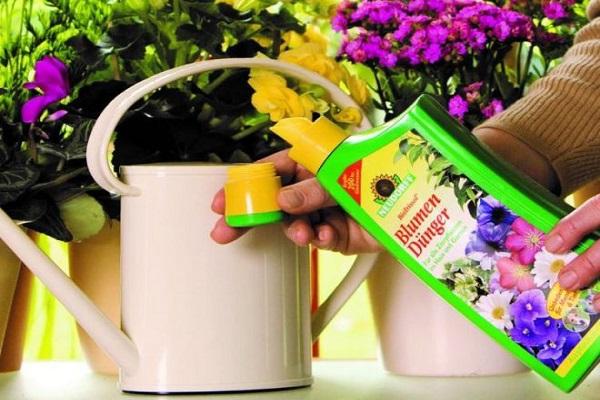
Transfer
Home flowers are best replanted in spring. Transplanting works are carried out annually, completely replacing the old soil. The root system of a plant cut in advance is carefully examined. There should be no fungal growths and mold, damaged root processes are cut off.
Fuchsia is transplanted into open ground as soon as the night temperature is set with a positive indicator.
Diseases and pests
The flower is susceptible to some diseases and pests:
- Due to improper care, the plant may begin root rot. This disease makes itself felt quickly, so the chances of salvation are great.
- If brown spots appear on the leaves, urgent treatment is required. The affected areas are removed, and the plant is thoroughly washed with the addition of a solution from laundry soap. Further treatment takes place with the help of special drugs.
- The whitefly attacks the flower quickly. The appearance of sticky droplets on the leaves, evidence that the larvae are sucking juice from the plant. Thorough washing under running water with laundry soap will stop the death process.
- Beautiful bushes are attacked by aphids. To eliminate the parasite, the leaves are wiped with an alcohol solution, and then treated with special preparations.
Careful plant care will avoid trouble.
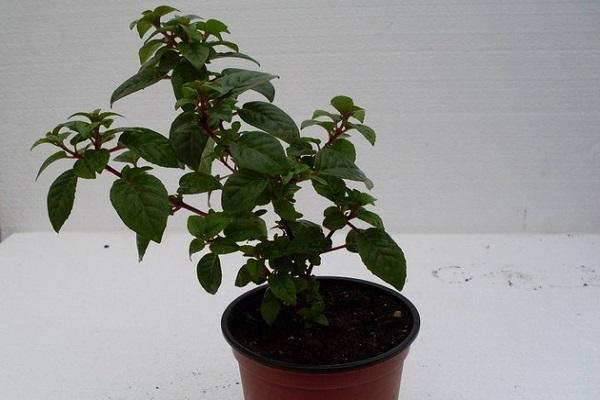
Possible difficulties in growing fuchsias
Gardeners and florists often face the following difficulties when growing a flower:
- With strong watering in the cold season, spots appear on the leaves.
- If the buds fall off, the plant lacks light or moisture. Also Fuchsia does not like frequent movements.
- Leaves fall, improper care, too high temperature.
- Greenhouse conditions in winter affect the lack of flowering. Fuchsia should be kept cool in winter.
To enjoy life surrounded by beautiful and bright Fuchsia flowers is the dream of many gardeners and florists. But making your dream come true is not at all difficult.
